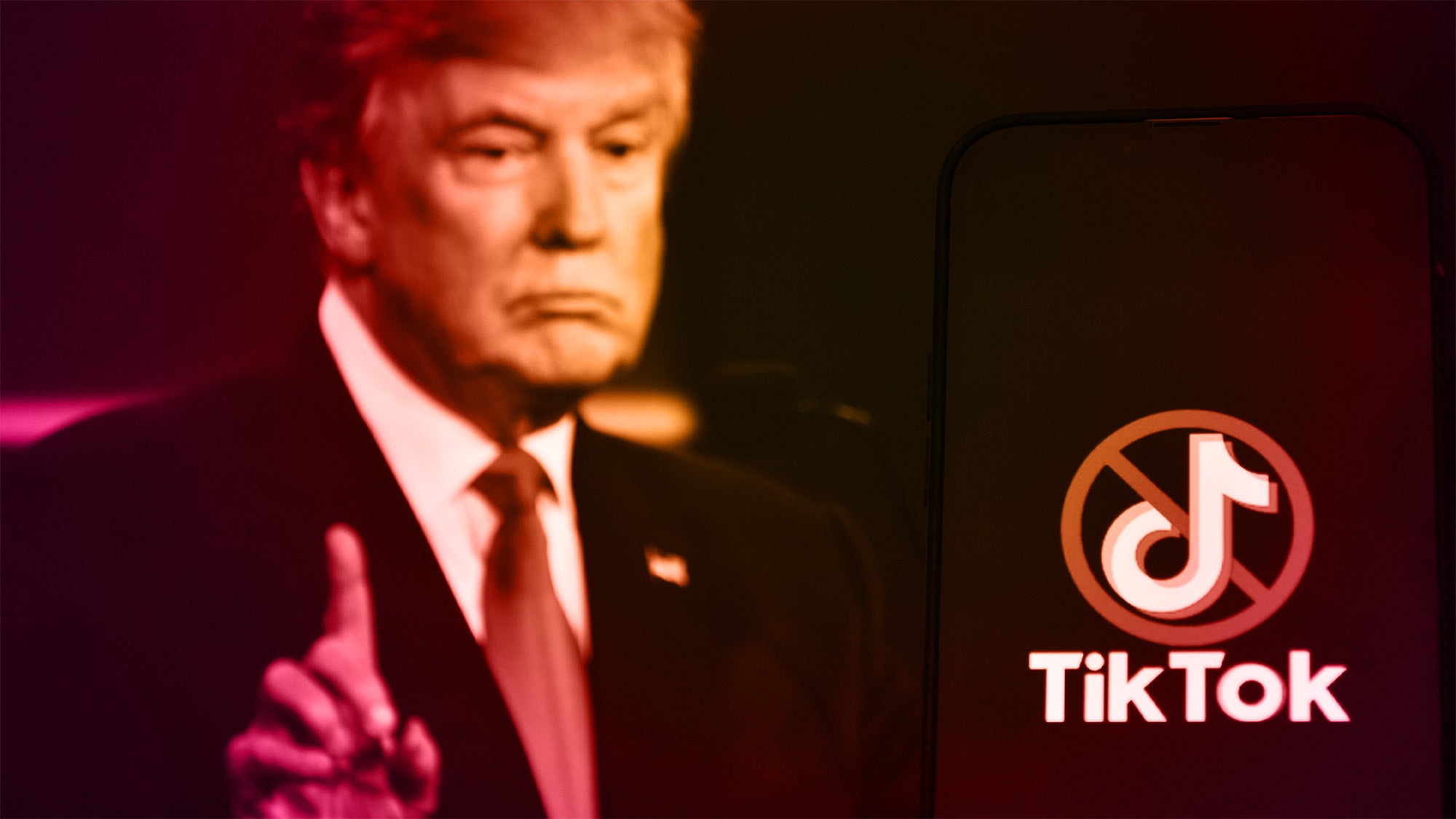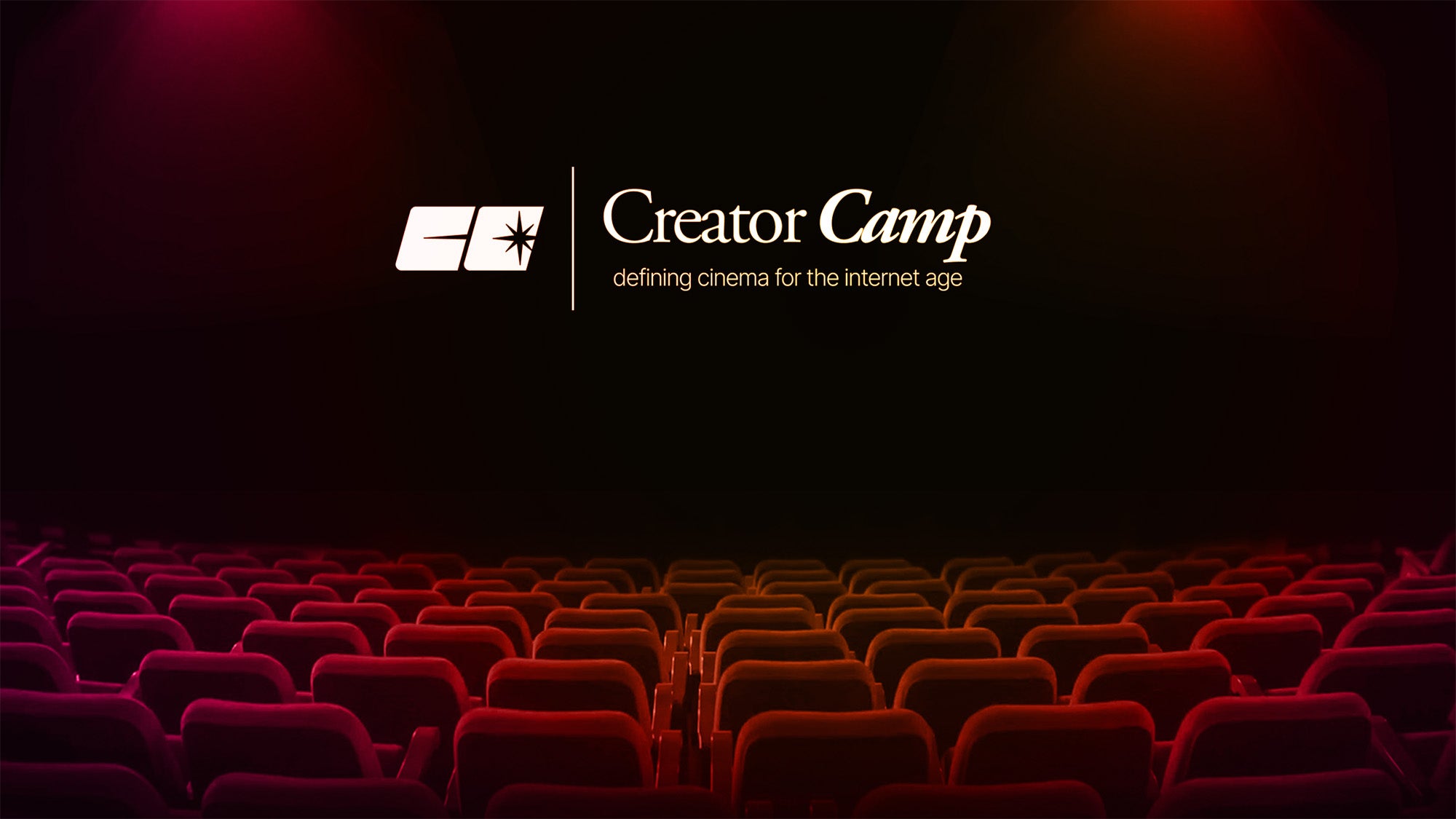
The Writers Guild of America (WGA) finally reached a new three-year agreement with Hollywood studios and streamers this week, bringing a close to the nearly five-month strike. Of course, SAG-AFTRA remains on strike, so Hollywood’s “Hot Labor Summer” continues rolling on. Nonetheless, the writers made a significant new deal that includes a number of provisions and compromises that were considered out of their reach, if not impossible, just a few short months ago.
More Opportunities for Young Writers
The new agreement includes increases in both wages and residuals, but also addresses many of the primary concerns writers have been voicing throughout the summer. For example, the streaming era — with its shorter seasons and smaller writers rooms — has made it more difficult for novices just entering the industry to find consistent, steady work. The new contact attempts to confront this issue by setting minimum staffing requirements for writers rooms, depending on the length of the season. Even if a new Netflix series is just producing six episodes, they’ll now have to hire at least 3 writers. A show with an order of 13 episodes or more will be required to hire, at minimum, six writers, plus three writer-producers. (There are some exceptions for cases where a single writer pens an entire TV season.)
The AI Issue Continues to Loom
Artificial intelligence was also a major point of contention earlier this year, with Hollywood studios mulling over other ways to potentially integrate machines into their creative workflows. The new agreement bars studios from using AI apps to write or rewrite scripts, and clearly states that AI-generated content can’t be considered source material. There’s also language that prevents writers from ever losing out on a credit to AI.
The door has been left slightly ajar for AI, however, indicating that neither side wanted to be locked into a three-year agreement that fails to account for the technology’s potential future uses. As individuals, writers can opt to work with AI tools, provided they get the okay from their employers. As well, while the WGA made it relatively clear that writers have concerns about AI software being trained on their work, the actual language around this remains vague, suggesting only that the WGA “reserves the right” to consider training AI based on written work as a copyright violation down the road.
A Boost in Residuals Without Added Transparency
Residual payments as well had been a key issue for writers heading into the negotiations. The previous residual structure included low, flat rates that didn’t reflect a show’s actual performance on streaming platforms. The WGA had pushed for a new deal that would reward writers whose shows drew huge numbers on services like Netflix and Hulu.
Beyond just the actual money itself, the difficulty here for streamers was around data transparency. To compensate writers whose shows were huge hits, after all, the streamers would have to get more forthright with not just their creative partners, but investors, subscribers, and the world at large about the actual viewership of their programs.
Many industry watchers suggested this might be a dealbreaker. With streaming platforms investing billions of dollars in fresh content — some of which did not seem to connect with fans or sustain any kind of visible cultural footprint — the thinking went that platforms would simply be unwilling to let Wall Street know how few people were actually tuning in.
While the new WGA deal does provide a residual boost, it does so without locking in the added transparency for which many had hoped. Instead, WGA leadership will receive confidential viewership metrics for popular streaming shows, based on hours viewed, so that the writers can receive additional compensation. The WGA can only report viewership numbers, however, in an aggregated form that doesn’t give a lot of individual insight into how a show is performing.
As well, writers will receive a bonus if a show is viewed by 20% or more of a platform’s domestic audience within its first 90 days online. It’s a compromise that allows the creative teams behind breakout hits like “Wednesday” or “The Bear” to get a pay increase, but still allows the platforms themselves to decide for themselves how to measure successes and gauge audience interest in their content.
How the WGA Won
So how did the writers go about getting such a better deal, especially after an entire summer of being told they were unrealistic and the money simply wasn’t there?
The short answer is solidarity. By joining forces with striking actors, and sticking together throughout multiple attempts by the Alliance of Motion Picture and Television Producers (AMPTP) to drive wedges between high-profile showrunners and the unions’ rank and file, the writers made it clear that there was no way around them.
A piece this week from Variety drills down into more of the details of how the WGA leadership made this happen. WGA negotiating committee co-chairs Chris Keyser and David Goodman apparently opened backchannels to individual CEOs, allowing for limited conversations and temperature checks, even when the WGA and AMPTP weren’t formally interacting.
By ensuring that all communication from writers to studios went exclusively through Keyser and Goodman, the writers were able to remain focused and on message. Even when third parties ruffled feathers or perhaps came off too aggressive — as when the AMPTP termed its agreement their “best and final offer” on September 23 — Keyser, Goodman, and their individual contacts at Netflix, WB Discovery, Disney, and elsewhere were able to cool things down and keep the process on track.
Goodman told Variety, in the end, that the idea that the studios didn’t actually need a deal and could function perfectly well without writers for a long time was just a bluff. “We caused them pain,” he explained, which forced them to finally take the writers’ demands seriously.
Other Labor Movements Are Taking Notice
In July, former “Real Housewives” star Bethenny Frankel took inspiration from the WGA and SAG-AFTRA, and started calling for a Reality Stars Union, noting that she never received a financial boost despite the Bravo franchise’s breakout success. (Frankel claimed she was paid just $7,250 for the show’s first season.) In September, Marvel Studios’ VFX workers unanimously voted in favor of unionizing through the International Alliance of Theatrical Stage Employees (IATSE). Just this week, SAG-AFTRA’s National Board is seeking permission from members to strike against video game companies, seeking an 11% retroactive wage increase.
For creators, specifically, it’s a reminder that tenacity pays off, even in seemingly unwinnable David vs. Goliath scenarios. Even in past Passionfruit columns, I’ve hinted at the potential difficulties around collective bargaining or labor movements for online creators. Which is to say, the remaining challenge is how to get enough users on the same page, so that they have no choice but to recognize and accept this new reality.




